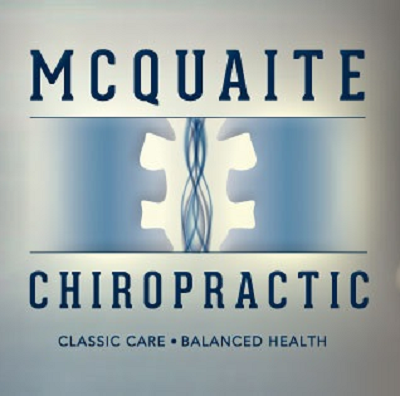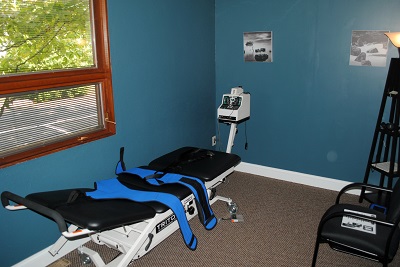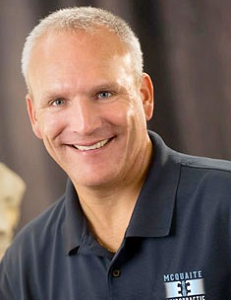If you suffer from neck or back pain, you’re not alone. 60-80% of adults do and some of it is debilitating. If your neck or back pain feels chronic, you might be a perfect candidate for spinal decompression.
What is Spinal Decompression?
Spinal decompression is a non-surgical treatment It’s used primarily to treat disc injuries in the neck and lower back. For example, chiropractors often work with patients on this gentle spinal stretching.
According to Dr. Murray Johnston DC, BSC in the Journal of Neuroimaging Volume 8, Number 2 1998, spinal decompression serves two functions:
- It “sucks” in herniated discs or bulges so they’re back in their rightful place
- Thickens and heals the disc
The spinal decompression procedure is gentle. Your chiropractor uses tools and techniques to gently separate the vertebrae from each other. This creates a vacuum inside the discs. Some call this “vacuum effect” a negative intra-discal pressure. While back pain relief may not be immediate, these microscopic separations happen over time (usually 4 to 6 weeks). The end results can be quite dramatic after 10 to 30 sessions.
Spinal Decompression Therapy was developed by Allan E. Dyer, Ph.D., M.D. It’s widely recognized as the only effective and non-surgical treatment for back and neck pain. This includes severe cases of disc herniation, degeneration, arthritis, stenosis, and pressure on the nerve. When patients follow directions and fulfill treatment, spinal decompression has an 86% success rate. Spinal Decompression has FDA clearance.
How Does Spinal Decompression Work?
According to the American Spinal Decompression Association (ASDA), “The patient lies comfortably on his/her back or stomach on the decompression table with a set of nicely padded straps snug around the waist and another set around the lower chest.” The patient undergoes the procedure fully clothed on this computer-controlled table.
Firstly, each treatment lasts about 30 to 45 minutes and consists of 20 to 28 treatments over 5 to 7 weeks. Treatment sessions may also include electric stimulation, ultrasound, thermotherapy (heat), and cryotherapy (cold) before, during, or after each session. Proper patient screening is imperative and objectives for treatment must be clear between patient and doctor for treatment to be successful.
For a 3D animated video of the procedure, you can visit the American Spinal Decompression Association.
According to Spine-Health, “Not everyone with a bulging disc is a candidate for decompression (traction). ” Treatment requires soft tissue muscle work to relax deep core muscles to reduce the body’s reflex reaction to guard. In case you were thinking otherwise, you do want to consult with a trained medical practitioner. They’ll help you determine the best course of treatment.
After consultation and or treatment with your chiropractor, you can adapt spinal decompression for your own home. As you may guess, successful home treatment requires following a set of prescribed exercises. Your chiropractor will help you with resources.
In Doylestown, Pa., and surrounding areas, Dr. Jeff McQuaite successfully treats patients for spinal decompression. Call to book your appointment today at 267-247-7000.
.


